
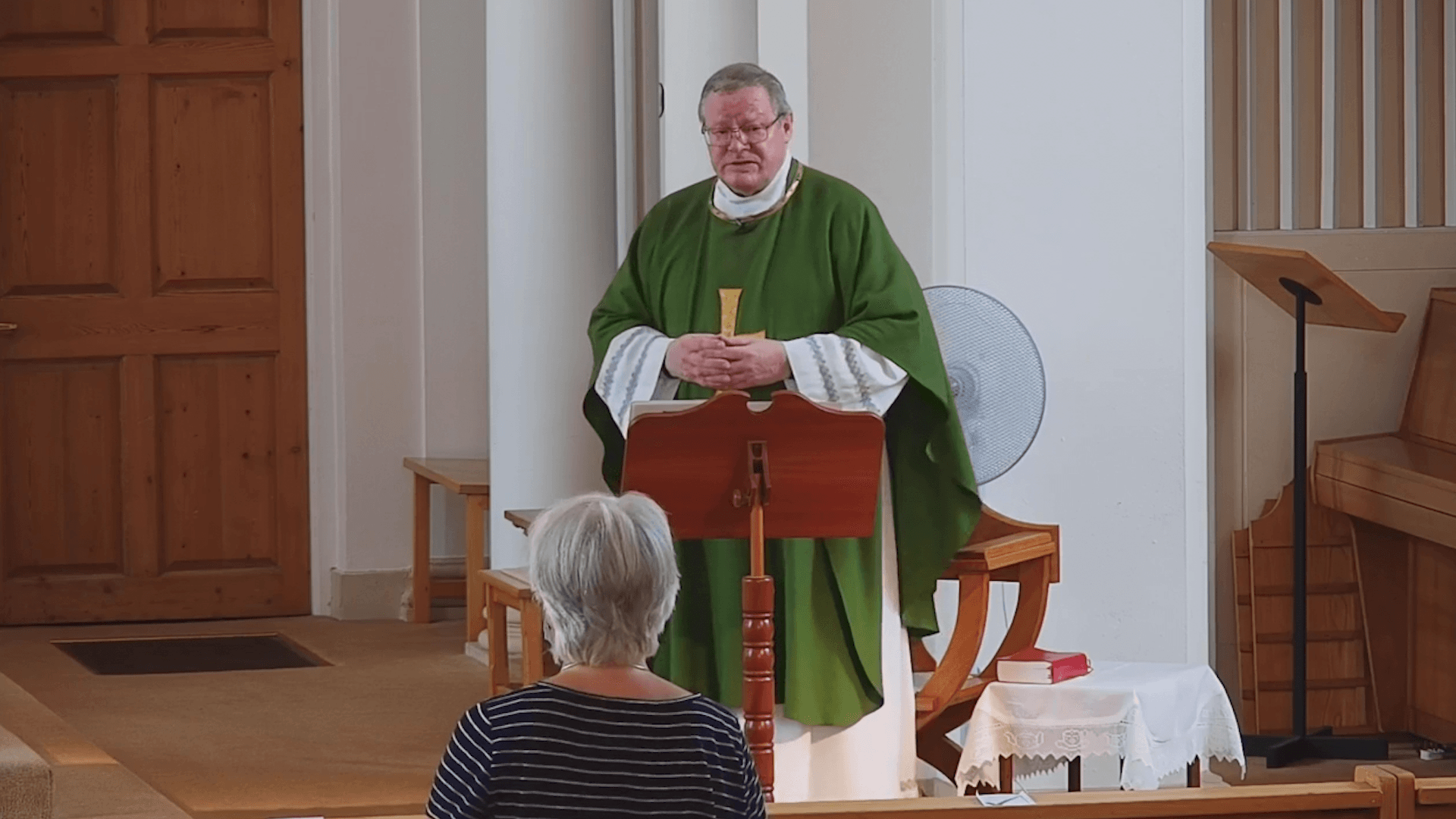
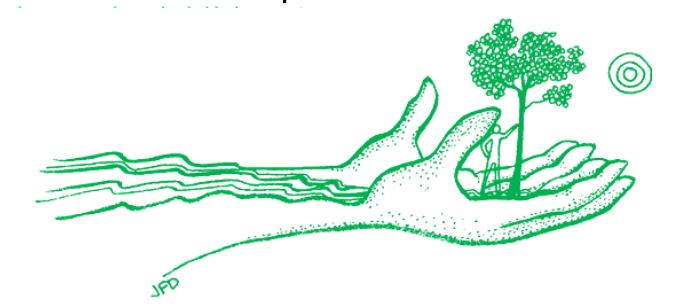

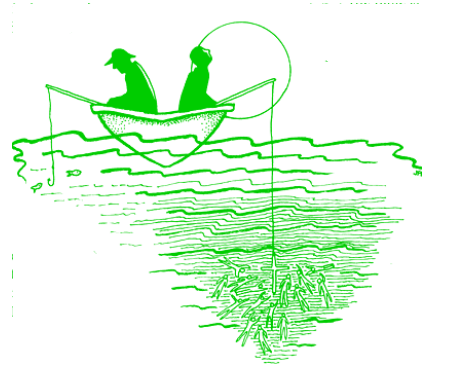

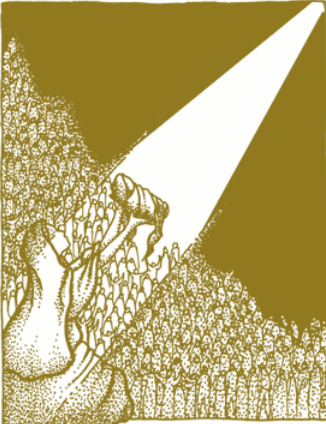


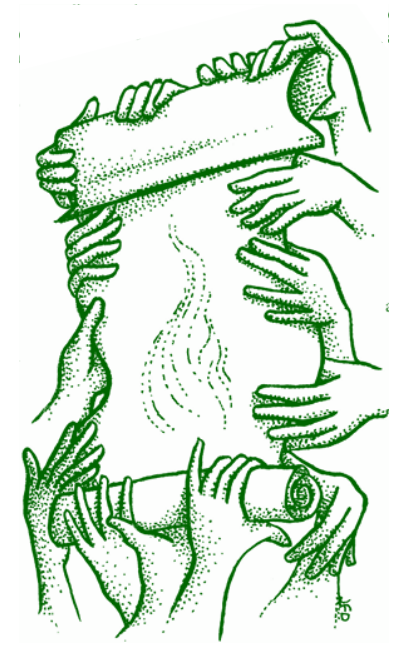
So many biblical scenes take place in the desert and revolve around the question of where people will find the water and food they need to survive. It makes sense, given that our ancestors in faith lived in a region where finding their daily bread and water was literally a matter of life or death. The first reading today tells the famous story of God making the impossible possible, providing Moses and the Israelites with water from a rock just when they thought they might die in the wilderness.
The Gospel reading tells a story of a woman who was thirsty, but in a different way. She has access to H2O at Jacob’s well, but until she meets Jesus, she doesn’t realize she is thirsting for more. She knows her religious and theological tradition well.
She understands Jews and Samaritans don’t share physical items in common. She knows the history of Jacob’s well. She knows about the prophets in her religion. She knows her people’s historical place of worship. She knows about the Messiah they are awaiting.
She seems proud of her religious heritage and isn’t easily pushed over. She values it and won’t let it go without good reason. On the other hand, she is open to new understandings and isn’t so prideful that she remains inflexible when presented with someone new. In that way, she was unlike some others Jesus met during his ministry who refused to consider new interpretations of their scripture or religious teachings. When Jesus answered her questions to her satisfaction and addressed her doubts about who he was, she was swift to accept him as her saviour.
Notice Jesus’ willingness to engage her hard questions. Notice his patience in letting her gradually come to a new understanding. Notice the respect and freedom he gives her to have her own thoughts and opinions. Notice how he gets fed by his conversation with her. Notice his joy when she spreads the good news about him (just like he was asking his apostles to do!).
Rather than focusing on the woman’s marital history, what changes if we focus on how Jesus relates to her, and what happens as a result? “Many more began to believe in him.” All because she bravely asked the questions she had and listened well to Jesus’ answers.
Questions of the Week
• Who has challenged you on your religious beliefs and helped you come to a new understanding of them?
• What do you think of Jesus and how he relates to the woman in this passage? Is this a Jesus you would want to meet?









